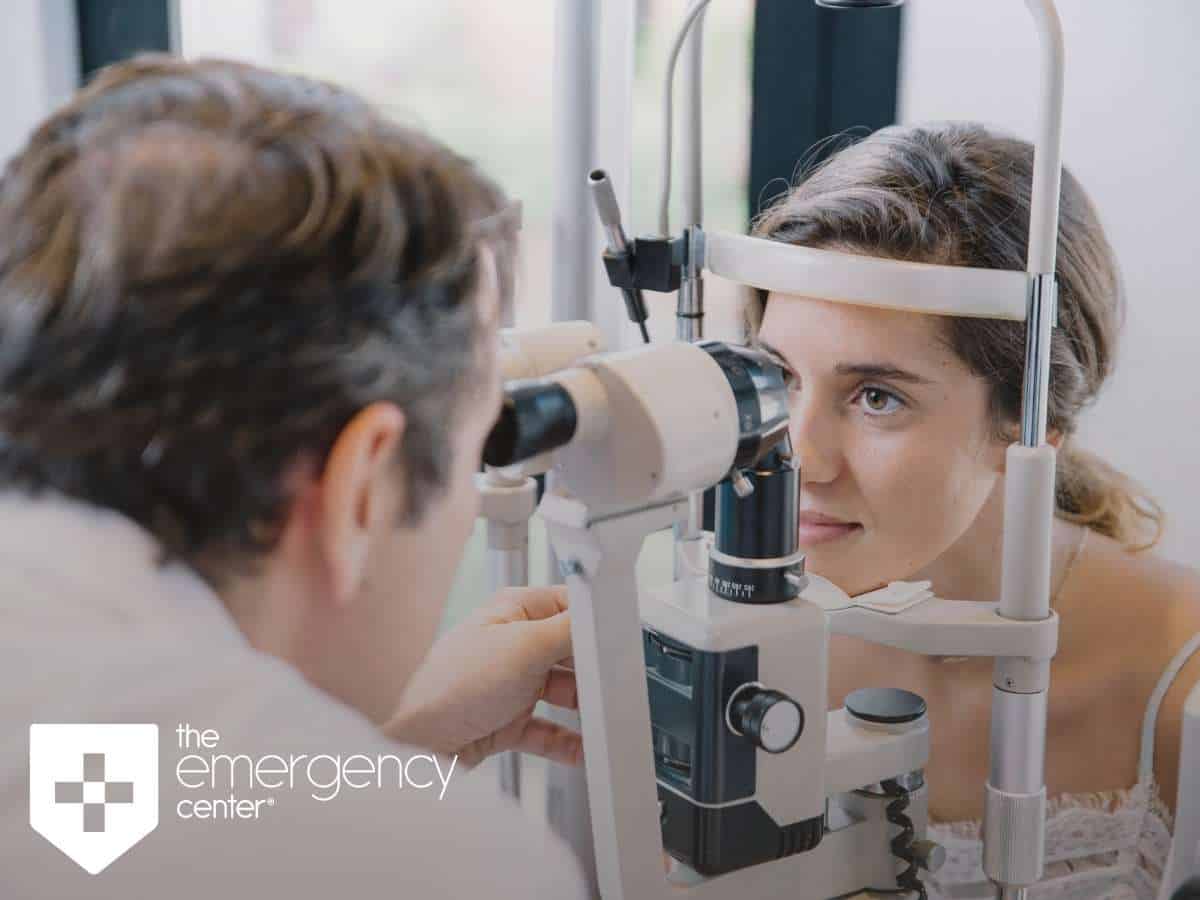Eye Injuries: Causes, Care & Treatment
How To Protect Your Vision From Eye Damage
‘You’ll put your eye out, kid.’
From an early age, most Americans are warned about the potential dangers that any number of activities—from running with scissors to shooting a BB gun—pose to their eyes. This early focus on preventing eye injuries makes sense, though. Broken bones can be set to fully heal, and cuts can be stitched up. However, injuries to the eye aren’t always as fixable, even with the miracles of modern medicine.
That makes preventing eye injuries and getting any potential injury cared for fast all the more important.

Common Causes Of Eye Trauma
October is Eye Injury Prevention Month, as well as a month packed with Halloween activities, which can present hidden risks to the eyes. Costumes requiring novelty contact lenses or make-up near the eyes can cause irritation or even lead to eye damage, especially since these items are often made from lower quality materials than similar products designed for everyday use.
Meanwhile, costumes with funny footwear or that drag on the ground or impact line-of-sight also can contribute to a leading cause of serious eye injuries nationally: falls. While falls are typically associated with orthopedic injuries, one reputable study found that eye injuries caused by falls accounted for more than 8,400 hospitalizations over a 10-year period.
Other common causes of eye injury include:
- Blow to the eye from a punch or sports equipment (e.g., ball)
- Particles sent airborne during industrial work or an explosion
- Objects designed to fly such as darts and certain fireworks
- Harmful chemicals getting splashed into the eye
How To Take Care Of Your Eyes
According to the American Academy of Ophthalmology, up to 90 percent of the 1 million-plus eye injuries that occur each year in the U.S. can be prevented just by wearing eye protection like goggles or safety glasses when appropriate.
Protecting Your Eyes At Home:
Wear eye protection when using cleaning chemicals, especially those containing bleach. When cooking anything that may splatter, use a grease shield.
Working in the Yard or Garage:
Eye protection is essential when mowing, edging or using just about any power tool as small debris from the yard or a project can easily get kicked up into the face.
Preventing Eye Injuries In The Workplace:
Reputable employers in industries where eye injuries are possible (construction, industrial plants, certain manufacturers etc.) should have policies surrounding eye protection requirements and provide the appropriate equipment for employees, which should always be worn as directed.
Treating An Injured Eye: What To Do
Taking a wait-and-see approach is not the right one for potential eye injuries, as they often grow worse over time. A slow, unrecognized bleed or increase in eye pressure can lead to permanent damage.
In the immediate aftermath of an eye injury, what you don’t do is critical. Do not:
- Rub or touch the eye
- Apply pressure on/around the eye
- Put medication/ointment (even eye drops) in the eye
- Try to remove anything stuck in the eye
Other than a small scratch or getting dust or sand in the eye—which our eyes are conditioned to flush out naturally—any type of eye injury should be promptly treated by professionals. These symptoms should be followed up on immediately at The Emergency Center.
-
- Difficulty seeing
- Pain that won’t go away
- Feels like something stuck in the eye that tears and blinking can’t remove
- Difficulty/pain moving the eye
- Blood in clear part of eye
- Change in size or shape of any part of the eye
- Damage to eye lid
Getting your eye emergency taken care of quickly at The Emergency Center can mean the difference between a temporary inconvenience and a lifelong disability.

The Emergency Center
San Antonio
11320 Alamo Ranch Pkwy
San Antonio, TX 78253
Phone: 210-485-3644
Conroe
4019 I-45 N,
Conroe, Texas 77304
Phone: 936-247-9457
